Lately, I feel like I am taking in a ton of content or working on things for others, and I'd like to be able to go a little deeper on my own projects and knowledge or at least be able to access information quickly if I have a question come up in conversation.
Anyone else doing something like this? Already done it? Any suggestions or tools?

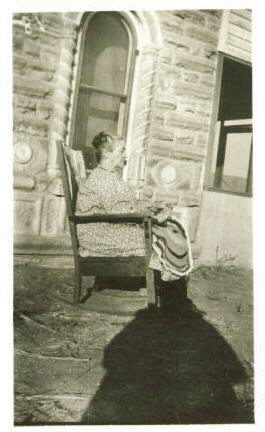
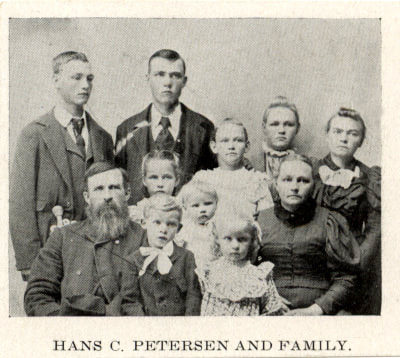
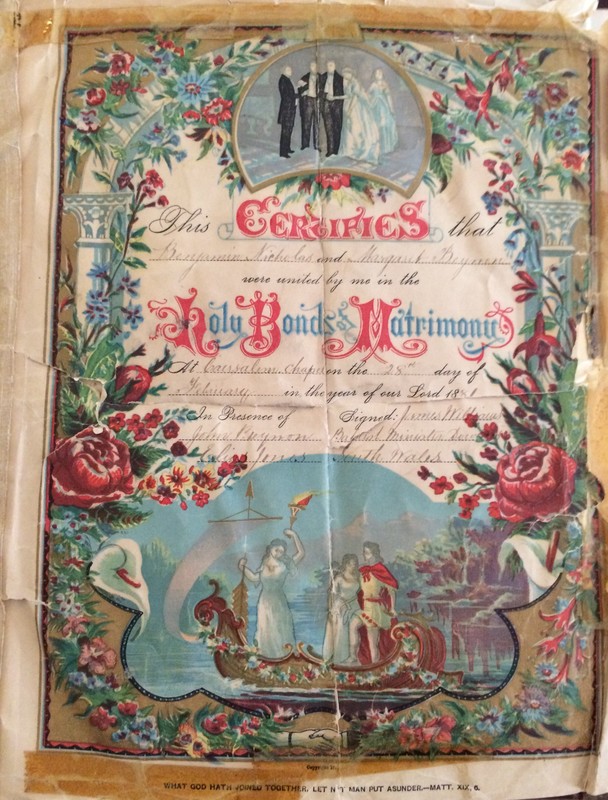

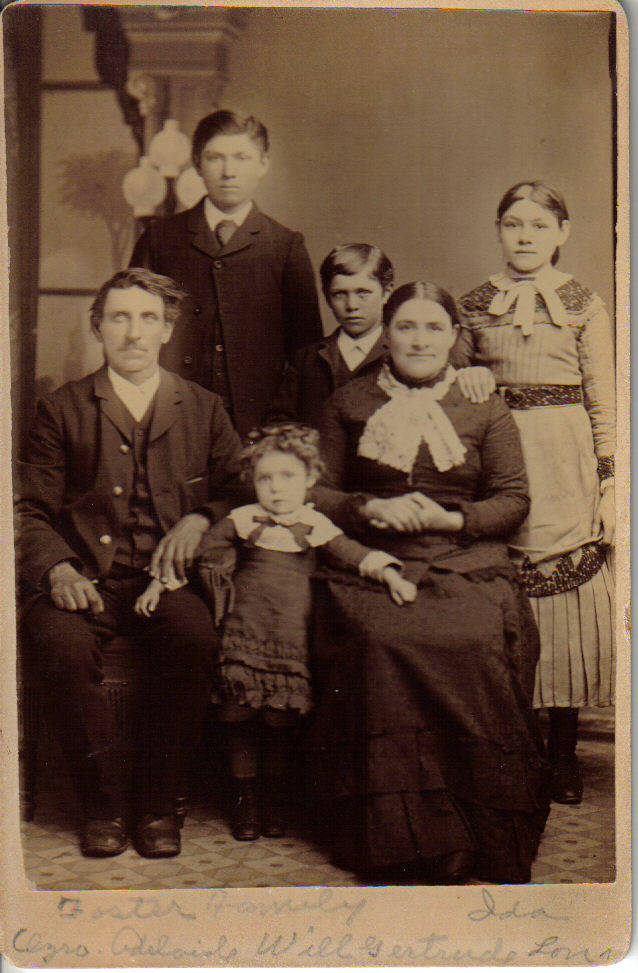
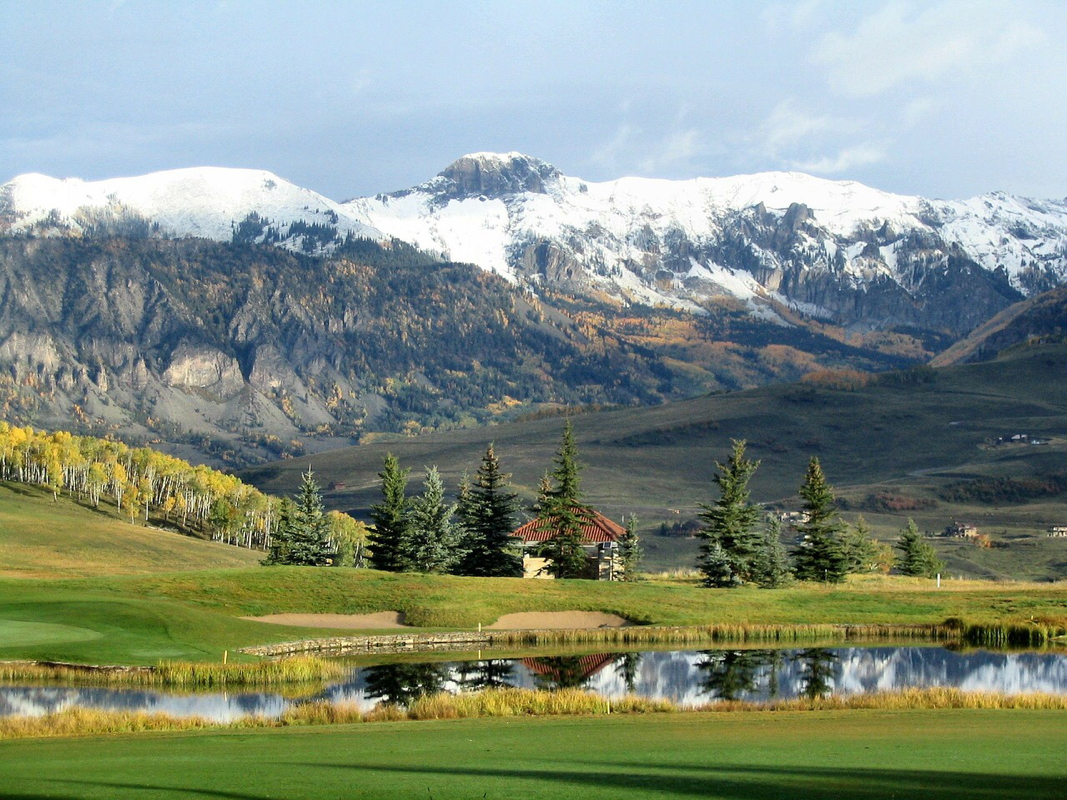

 RSS Feed
RSS Feed
